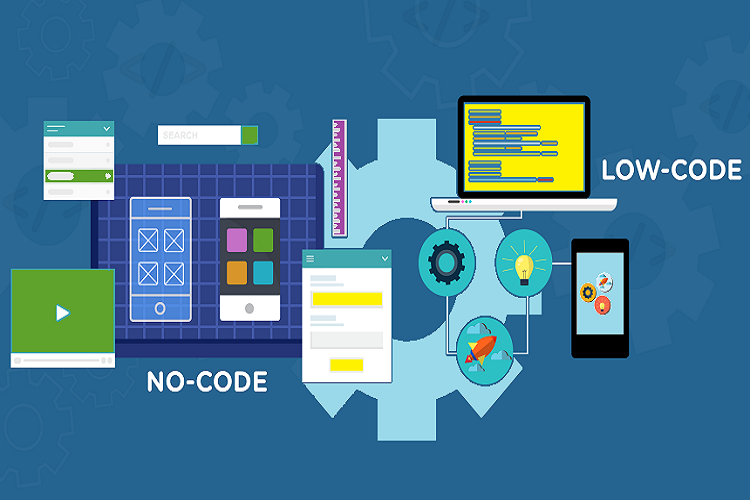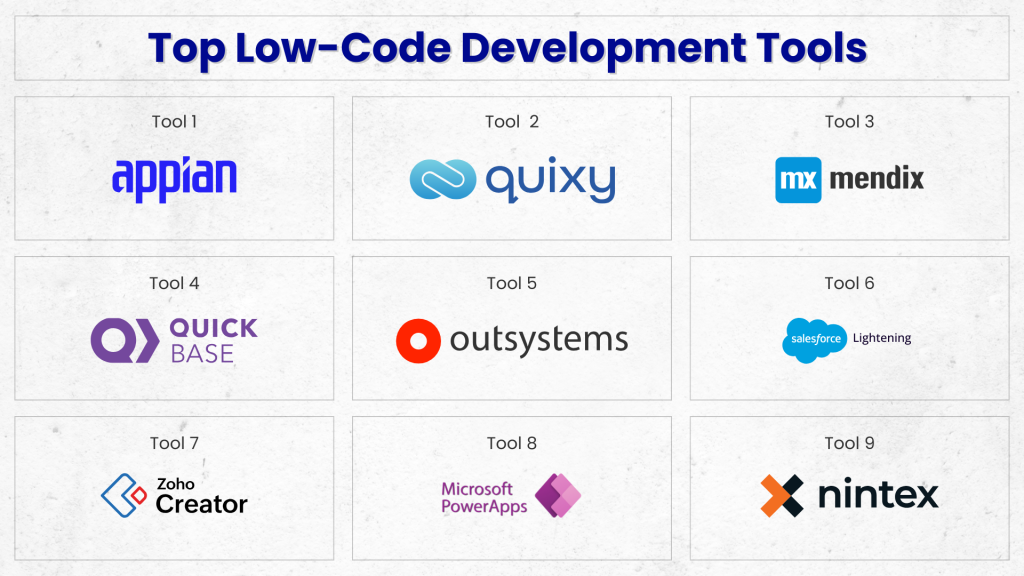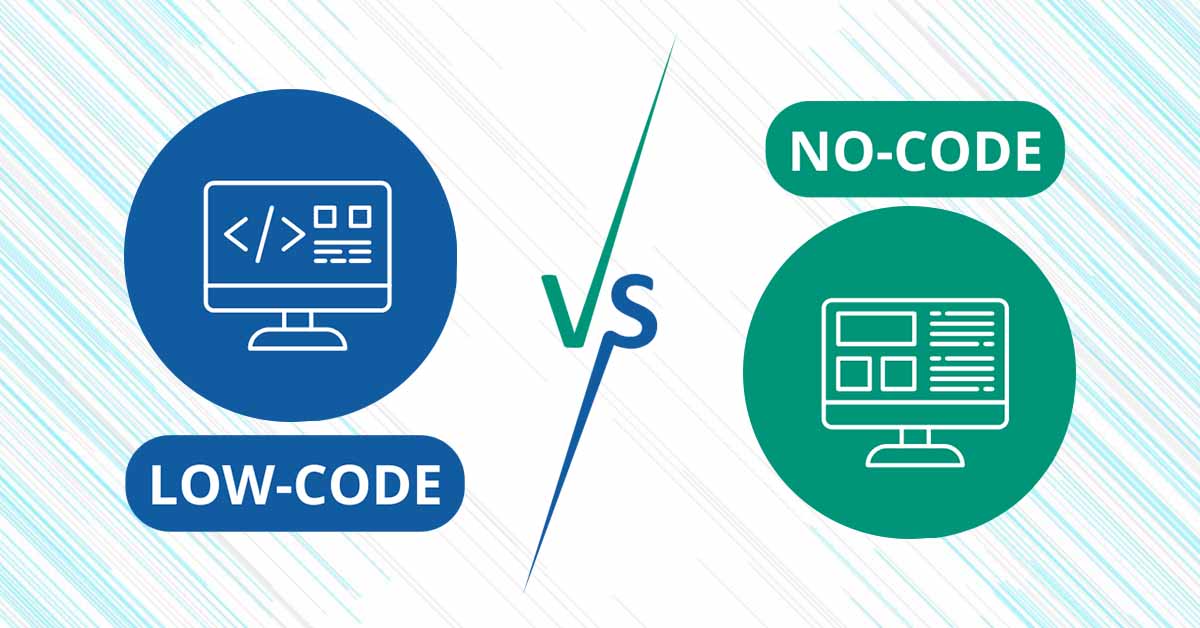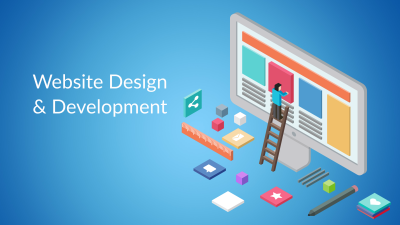Introduction
The rise of low-code and no-code platforms has sparked a heated debate in the tech world. These tools promise to democratize software development, enabling non-technical users to build applications with minimal coding. But for professional developers, the question remains: Are these platforms a threat to their careers or an opportunity to evolve? Let’s see Low-Code and No-Code Platforms.
In this blog, we’ll explore the evolution of low-code/no-code, their impact on the development landscape, and whether they represent a challenge or a catalyst for innovation among developers.
What Are Low-Code and No-Code Platforms?
🔧 Low-Code Platforms
Low-code platforms allow users to build applications using visual interfaces and drag-and-drop components, while still enabling custom code for complex logic. They’re designed for developers who want to speed up development without sacrificing flexibility.
Examples: OutSystems, Mendix, Microsoft Power Apps
🧩 No-Code Platforms
No-code platforms are geared toward non-developers, enabling them to create apps, websites, and workflows without writing any code. These platforms rely entirely on visual tools and pre-built templates.
Examples: Bubble, Webflow, Zapier, Glide
Why Are These Platforms Gaining Popularity?
🚀 1. Speed and Efficiency
Businesses can launch MVPs and internal tools in days instead of months.
💰 2. Cost Reduction
Reduces the need for large development teams, lowering operational costs.
🌍 3. Democratization of Tech
Empowers entrepreneurs, marketers, and designers to build digital products.
🔄 4. Rapid Prototyping
Ideal for testing ideas quickly before investing in full-scale development.
📈 5. Growing Ecosystem
Integration with APIs, cloud services, and AI tools makes these platforms more powerful.

The Developer’s Perspective: Threats
❌ 1. Job Displacement Concerns
Some fear that no-code tools will replace entry-level developers or reduce demand for custom development.
❌ 2. Oversimplification
Complex problems often require nuanced solutions that no-code platforms can’t handle.
❌ 3. Quality and Scalability Issues
Apps built on no-code platforms may struggle with performance, security, and scalability.
❌ 4. Vendor Lock-In
Developers may be limited by the platform’s capabilities and pricing models.
❌ 5. Reduced Learning Curve
New developers might skip foundational coding skills, leading to shallow expertise.
The Developer’s Perspective: Opportunities
✅ 1. Focus on High-Value Work
Low-code tools handle repetitive tasks, freeing developers to focus on architecture, security, and innovation.
✅ 2. Collaboration with Non-Tech Teams
Developers can work more closely with marketing, sales, and operations to build tools that meet real needs.
✅ 3. Faster Delivery
Combining low-code with traditional development accelerates project timelines.
✅ 4. Gateway to Innovation
Developers can use low-code platforms to prototype ideas, test user flows, and validate concepts quickly.
✅ 5. Expanding Skill Sets
Learning to integrate low-code tools with custom code enhances versatility and career growth.
Use Cases of Low-Code/No-Code in Real Projects

🏢 Enterprise Automation
Companies use platforms like Power Apps and Appian to automate workflows and reduce manual tasks.
🛍️ E-Commerce
Entrepreneurs build online stores using Shopify and Webflow without hiring developers.
📊 Data Dashboards
Teams create dashboards with Airtable and Retool to visualize business metrics.
📱 Internal Tools
Startups build CRMs, inventory systems, and HR portals using low-code platforms.
Hybrid Development: The Best of Both Worlds
Many organizations are adopting a hybrid approach, where developers use low-code platforms for front-end or admin interfaces and custom code for backend logic and integrations.
Benefits:
- Faster MVPs
- Lower development costs
- Easier maintenance
- Scalable architecture
Skills Developers Should Focus On in the Low-Code Era

🧠 1. System Architecture
Designing scalable, secure systems remains a core skill.
🔐 2. API Development
Connecting low-code platforms to custom services via APIs is in high demand.
🧪 3. Testing and QA
Ensuring quality across hybrid systems is essential.
🧰 4. DevOps and CI/CD
Automating deployment and monitoring remains critical.
🤝 5. Communication and Collaboration
Working with cross-functional teams is more important than ever.
Popular Low-Code/No-Code Platforms in 2025
| Platform | Type | Use Case |
|---|---|---|
| Bubble | No-Code | Web apps and MVPs |
| Webflow | No-Code | Responsive websites |
| OutSystems | Low-Code | Enterprise apps |
| Microsoft Power Apps | Low-Code | Internal business tools |
| Zapier | No-Code | Workflow automation |
| Retool | Low-Code | Internal dashboards |
| Glide | No-Code | Mobile apps from spreadsheets |
Challenges and Limitations
⚠️ 1. Customization Limits
Advanced features may require workarounds or external integrations.
⚠️ 2. Performance Bottlenecks
No-code apps may not handle high traffic or complex data efficiently.
⚠️ 3. Security Risks
Less control over code can lead to vulnerabilities.
⚠️ 4. Platform Dependency
Switching platforms can be costly and time-consuming.

Future Outlook: Coexistence, Not Competition
Rather than replacing developers, low-code and no-code platforms are reshaping the role of developers. The future lies in collaboration, where developers guide strategy, build core systems, and empower teams with tools that accelerate innovation.
🔮 Predictions for 2025 and Beyond:
- AI-assisted development will merge with low-code platforms.
- Developers will become “solution architects” rather than just coders.
- Low-code will be part of every tech stack, from startups to enterprises.
Conclusion
Low-code and no-code platforms are not a threat—they’re a transformative opportunity. For developers willing to adapt, these tools offer a chance to work smarter, deliver faster, and collaborate more effectively. The key is to embrace the change, master the tools, and continue building the future of technology.





